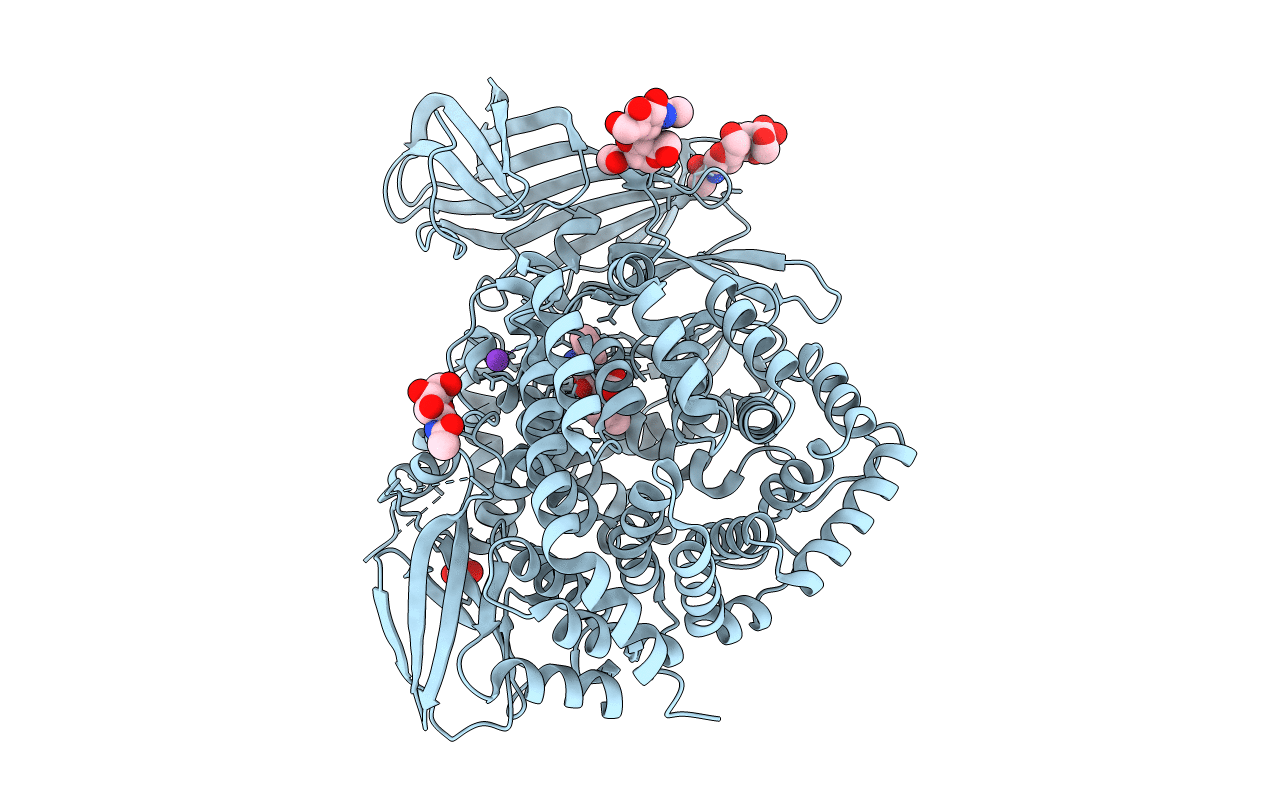
Deposition Date
2011-03-17
Release Date
2011-04-13
Last Version Date
2024-10-23
Entry Detail
PDB ID:
2YD0
Keywords:
Title:
Crystal structure of the soluble domain of human endoplasmic reticulum aminopeptidase 1 ERAP1
Biological Source:
Source Organism:
HOMO SAPIENS (Taxon ID: 9606)
Host Organism:
Method Details:
Experimental Method:
Resolution:
2.70 Å
R-Value Free:
0.21
R-Value Work:
0.15
R-Value Observed:
0.15
Space Group:
P 6 2 2


